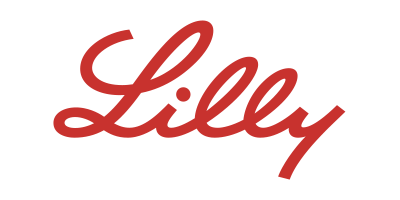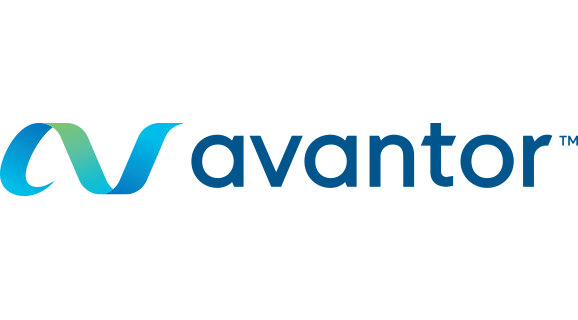“For years of my life, I’ve let myself be defined by the words of others. Addict, junkie, criminal. With all those labels, it’s so much harder to go get tested for hepatitis C and add one more notch to that.” Those are the powerful words of Cat, a harm reduction advocate from North Carolina—one of five states I visited earlier this year in greater Appalachia—where the opioid epidemic is taking an enormous toll on individuals, families and communities. Sadly, this crisis has helped fuel the rise of hepatitis C (HCV), a liver disease that can be spread through the use of shared needles and other contaminated equipment. Many of those who are affected by the opioid crisis are also at risk of contracting HCV. Cat is one of many who shared their stories of despair and stigma, of hope and recovery.
HCV is the leading cause of death of any infectious disease in the United States. There are 2.4 million people in the United States living with HCV, far outpacing the estimated 1.1 million Americans infected with HIV.
"Cat", Harm Reduction Advocate
Throughout central Appalachia, the Centers for Disease Control and Prevention report an alarming 364 percent increase in hepatitis C infections among young adults between 2006 and 2012.
But many are living with the disease in the shadows. In fact, 50% of those who have the virus do not know yet they are infected and when left untreated, it can lead to cirrhosis, liver cancer or even death. Some refer to hepatitis C as a “silent killer.”
HCV is a crisis that demands a comprehensive, multipronged strategy to stop new infections before they occur, including addressing the social and structural factors that play a role in the epidemic.
That is why we launched HepConnect, a five-year, multi-million-dollar initiative to address the rise in hepatitis C infections. It focuses on five states: Kentucky, Indiana, Tennessee, West Virginia and North Carolina. We understand that we need to work hand in hand with communities to find solutions that work best for them. In the five states, we hosted panel discussions and listening sessions with public health experts and community health workers, lawmakers and local advocates. These conversations are important because they help us understand how we can best equip those on the ground in communities with the resources to help their neighbors.
While scaling up screening and testing programs and strengthening healthcare infrastructure are crucial to our efforts, a core pillar of HepConnect is harm reduction. Through the Harm Reduction Coalition, the organization we selected to lead the effort, HepConnect will support community partnerships that work to implement and expand evidence-based harm reduction strategies proven to save lives. Through this, we will empower local organizations with the tools they need to provide effective harm reduction services such as syringe exchange programs while also building capacity for medication assisted treatment programs. On October 1, the Harm Reduction Coalition will announce the local organizations selected to receive funding to carry out this work.
Take Donald Davis. At 71 years old, Donald helps run one of the most successful syringe exchange programs in Kentucky. A former injection drug user himself, Donald was later diagnosed with HCV and subsequently committed his life to reducing the impact of needle-borne diseases in his local community. Programs like HepConnect are designed to further elevate the work of community leaders like Donald. You can hear from Donald and two other people working to end HCV in their communities here.
I am proud to work for a company that prides itself on its commitment to improve the lives of those living with or at risk of contracting HCV. We don’t have all the answers, but it’s our belief that the people at the center of the challenge should also be at the center of the solution.
Author Arun Skaria, Director of Corporate Contributions, Gilead Sciences




















.png)


